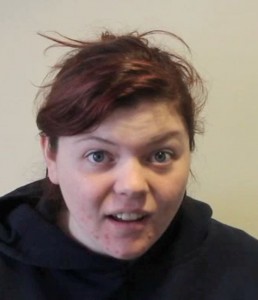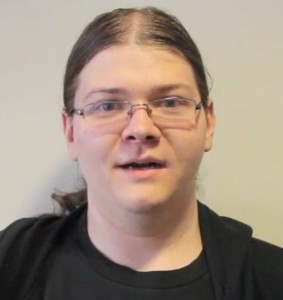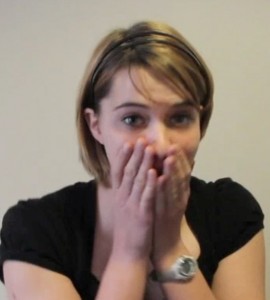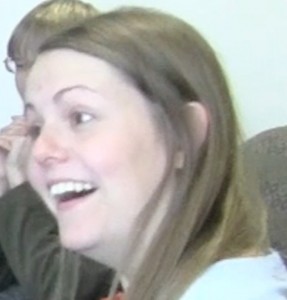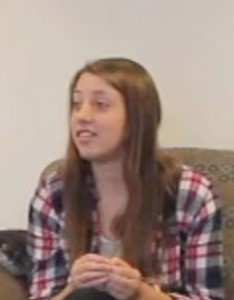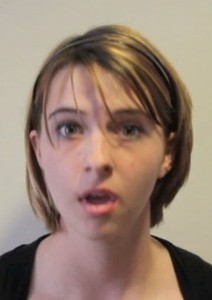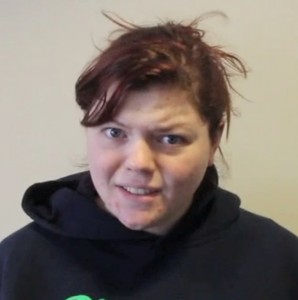Intense surprise is fairly easy to recognize: the jaw drops (so the mouth opens), the eyes go wide (eyebrows are raised), the chin juts up. A speaker may gasp, or make a verbal exclamation of surprise (e.g., huh, wow, no way!, etc.)
But we constantly experience all sorts of little surprises — someone asks us a question we didn’t expect, or changes the subject when we weren’t expecting it, or some other little thing – and we get so used to these that they get only a very subtle reaction: perhaps only a small, quick widening of the eyes. It doesn’t matter much if you miss these reactions, as they were involuntary and fleeting.
On the other hand, surprises that trigger an emotional reaction will be easier to spot and should not be ignored. The surprise may be a pleasant one (and so you also get signs of happiness, including a smile), or an unpleasant one (in which case you get simultaneous signs of fear, anger, and/or disgust).
If someone you are speaking to expresses an emotional surprise (whether the emotion is pleasant or unpleasant), be sure to acknowledge the emotion expressed, either by mirroring the facial expression or by discussing it. (“I know! Isn’t that wonderful?” or “Yeah, I was upset, too,” or the like.) Often, in conversation, surprise often co-occurs with disbelief (I can’t believe what you said, so I’m surprised that you seem to believe it).
The first four examples show happy surprise. (In the third, her hands block her mouth — this is a common gesture of surprise — but we can still tell from her raised cheekbones that she is smiling. Compare this photo with the same woman experiencing an alarming or worrisome surprise in the next-to-last example. ) The final example shows an unpleasant surprise (in addition to surprise, the young woman looks angry.)
This is a nice example of surprised disbelief.
